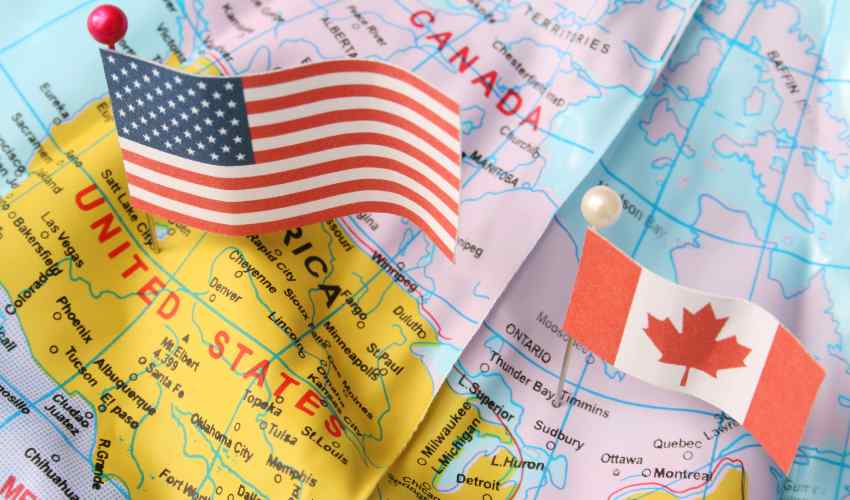Ends of Flagpoling Canada for Work and Study Permits
On December 23, 2024, Canada implemented a policy ending Flagpoling Canada to issue work and study permits at ports of entry for flagpolers—temporary residents who leave Canada and return to access immigration services.
This change aims to reduce resource strain on border operations, improve cross-border travel efficiency, and focus Canadian and U.S. border officers on enforcement duties. Applications for study or work permits must now be submitted through Immigration, Refugees and Citizenship Canada (IRCC), with limited exemptions for specific groups, such as U.S. citizens and certain professionals under free trade agreements.
This measure strengthens Canada-U.S. border management while ensuring fairness for applicants and improving service efficiency.
What is Flagpoling Canada?
Flagpoling Canada is when temporary residents in Canada leave the country, often to the U.S. or St. Pierre and Miquelon, and immediately re-enter to access immigration services at a port of entry. It allows individuals to expedite work or study permit renewals or obtain new permits without applying through regular processing channels.
What is the Flagpoling Process?
- Exit Canada and visit the nearest U.S. port of entry.
- Re-enter Canada and request the required immigration service at a port of entry.
- Submit documentation and receive a decision on the spot.
Who Was Eligible for Flagpoling Canada?
Flagpoling Canada eligibility was extended to temporary residents seeking to renew or change their work or study permits, apply for permanent residence, or activate immigration status already approved by IRCC.
Who qualifies for flagpoling exemptions in Canada?
- U.S. Citizens and Permanent Residents.
- Professionals and Technicians under free trade agreements (e.g., U.S., Mexico, South Korea).
- Spouses/Common-Law Partners of eligible professionals.
- International Truck Drivers with valid work permits and maintained status.
- Individuals with Pre-Existing CBSA Appointments for permit processing.
Why is it Called Flagpoling?
The term “Flagpoling Canada” refers to the symbolic “loop” travelers make, resembling circling a flagpole, by leaving Canada and re-entering immediately.

Flagpoling Canada FAQs
Why is flagpoling no longer permitted for permits?
The practice strained border resources, diverted officers from enforcement duties, and contributed to longer wait times for travelers.
How do I apply for a work or study permit now?
All applications and renewals must be submitted through IRCC online or by mail unless specific exemptions apply.
Who is exempt from this new rule?
Exemptions apply to U.S. citizens and lawful permanent residents, free trade agreement professionals, their spouses, international truck drivers, and individuals with pre-existing CBSA appointments.
Does this affect applications already in progress?
No, the change only applies to new applicants and those attempting to use flagpoling for permit processing after December 23, 2024.
Are U.S. citizens allowed to flagpole for work or study permits?
Yes, U.S. citizens and lawful permanent residents are exempt and can still process permits at ports of entry (Flagpoling).
Do free trade agreement professionals qualify for flagpoling?
Yes, professionals under agreements with the U.S., Mexico, Chile, Panama, Peru, Colombia, and South Korea are exempt.
Can truck drivers flagpole for permit renewals?
Yes, if they hold a valid work permit, applied for renewal before departure, and meet other requirements.
What if I have a pre-existing CBSA appointment?
Applicants with pre-scheduled CBSA appointments can process permits at the border under this exemption.
Where to Flagpole in Canada?
Popular locations included major ports of entry like Niagara Falls, Fort Erie, and Surrey.



